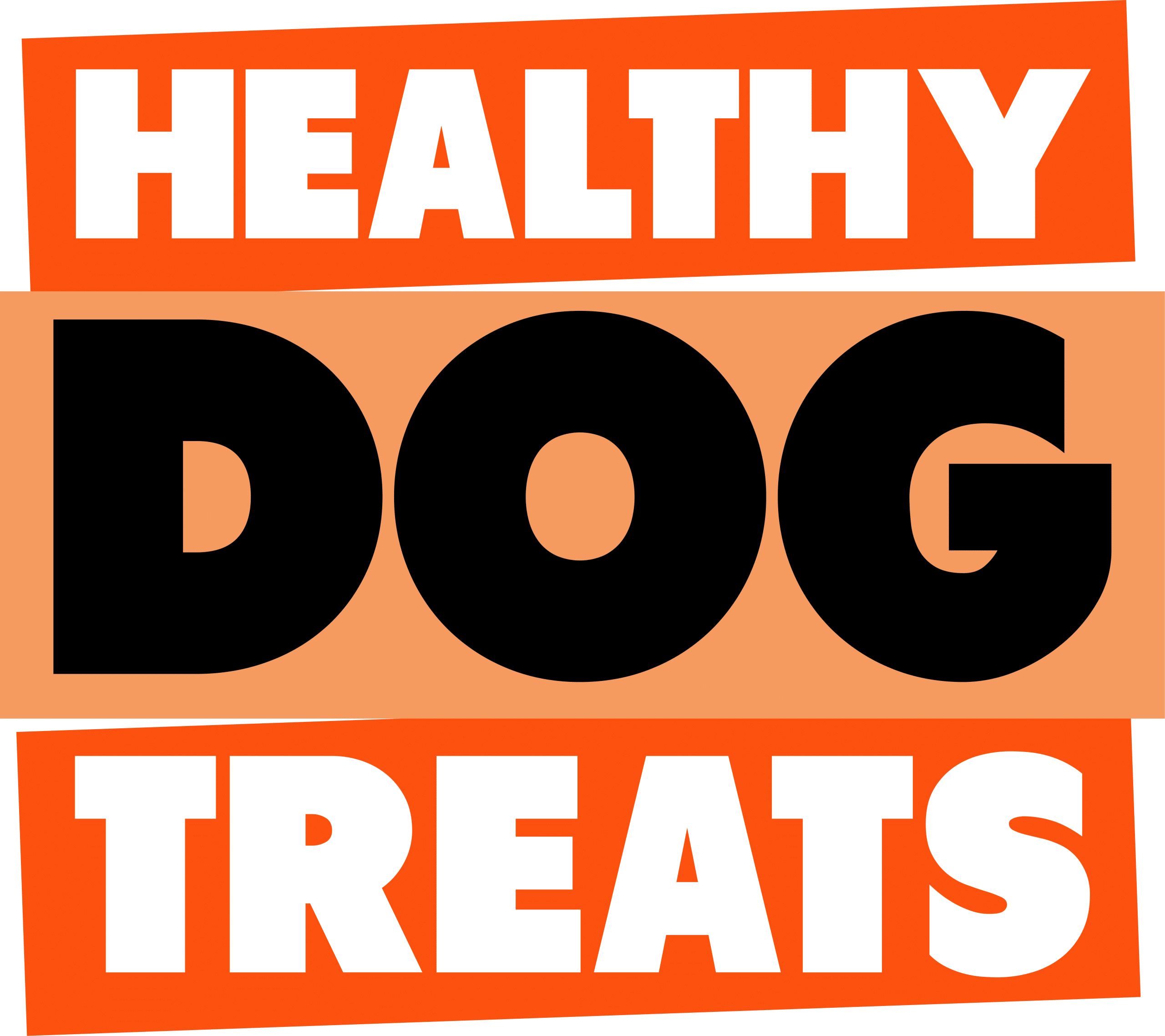What you need to know about anti dementia medicine for dogs Safe levels / NON TOXIC levels


However this drug AKTIVAIT is not available in Australia and costs $80 AUD or more per month, if you import it cheaply. IF however you really want to protect your dogs brain for as long as it is alive, want to give it the best quality of life, then once it turns 7, you may want to consider a daily treatment of effective anti dementia medication.
We reviewed all of the active ingredients in the last article and their function and found that they individually are quoted to provide some level of anti dementia protection …
however at $80 per 60 tablets (and dogs over 20 Kg needing 2 or 3 tablets per day), this could be expensive. This cocktail along with worm and flea tablets, quality dog treats, general vet visits, joint pain relief chemicals etc, can add up in price, meaning anti dementia medication is often the one thing that dogs don’t get – and too late to fix all the problems if your dog does start showing dementia signs.
Just like for dog owner (humans), a fully working brain is one of the most important things for quality of life. Alzheimer’s disease equivalents in dog’s is a messy, sad situation that usually ends in euthanasia much early than would otherwise be needed. Dog forums are full of anecdotes of thankful owners singing the praise of AKTIVAIT, but how effective are the LEVELS of drugs used?
Safe doses of the individual chemicals in anti-dementia drugs
Can you make your own dog dementia cocktail? Only your vet or a chemist might be able to give you the definitive answer – assuming that they have had the training in these specific chemicals and don’t want to sell you alternatives. But before that speculation is sorted in the next article, we look at what the individual chemicals inside of AKTIVAIT are, and what the maximum values are before toxicity in dogs.
AKTIVAIT active ingredients: MEDIUM and large dog capsules PER CAPSULE
- DHA/EPA 70mg, (Omega 3)
- L-carnitine 27mg, Alpha lipoic acid 30mg,
- Vitamin C 40mg, Vitamin E 20mg,
- N-acetyl cysteine 60mg
- Acetyl l-carnitine 10mg
- Co Enzyme Q10 3mg
- Phosphotidylserine 3mg.
NOTE: Capsules can be opened and mixed with food or given whole.
- 10-20kg: One capsule per day.
- 20-40kg: Two capsules per day.
- >40kg: Three capsules per day.
SAFE LEVELS of anti dementia non prescription chemicals for dogs
- DHA/EPA I currently feed my dog approximately 2000 mg of Omega 3 (he is 20 Kg) and an Omega 6 to Omega 3 ratio of FOUR (for high skin allergy). According to the Toxic reference in the appendix this is 57% of the maximum allowed dose.
” Requirements of Dogs and Cats has established 2,800 mg/1,000 kcal of diet as a safe upper limit of the combined amounts of EPA and DHA, which is equivalent to 370 mg/kg (power 0.75) in dogs. For example, in a 10-kg dog, the safe upper limit would be 2,080 mg. ” Ref 3 For a 20 Kg dog the calculation is 3,500 mg of OMEGA 3
Aktivait Omega 3 level of 140 mg is about 4% of the maximum dose allowed for a 20 Kg dog. Your dog will already get some Omega 3 in its dog food (but this is flax seed and has a low conversion ratio). Dogs can also get it from Fish products and kangaroo dog treats in particular. But not in sufficient doses to get anywhere near unsafe levels.
- L-carnitine is an important nutrient in the dog’s body and brain that acts as a transport for fatty acids (OMEGA 3 and 6), essential for the cellular production of energy. It is produced within the human and dogs body (liver) . So far the value in preventing dementia is not proven. A carnitine level of 50 mg per kg (22.7 mg per lb) of body weight has been used as a preventive (heart issues) therapy. Ref 1
Aktivait 27mg L-carnitine is about (27×2)/ (50×20 ) or 5.4% of the maximum dose allowed (20 Kg dog).
- Alpha lipoic acid – “This study shows that long term lipoic acid intake of up to 52.9 mg/kg body/day (3000 ppm diet) does not have any negative effects on the health of adult dogs. REF 2
Aktivait 30mg Alpha lipoic acid is about (30×2) / (52.9×20 ) or 5.6% of the maximum dose allowed (20 Kg dog)
- N-acetyl cysteine (NAC) A 2002 CDC report in America found that a 90 day study found that clinical signs of toxicity occurred at doses of 200 and 400 mg/ kg/ day.
Aktivait medium dogs dose of 120mg N-acetyl cysteine (NAC) is about (2×60)/ (200×20 ) or 3% of the maximum (lower limit 200mg) dose allowed (20 Kg dog) REF 5
- Acetyl l-carnitine L-Carnitine has a key role in the metabolism of fatty acids as a „substrate‟ for the reversible acetylation of coenzyme A and as a carrier for the transport of long chain fatty acids from cytosol across the inner mitochondrial membrane. Used often during dog hospitalistaions, the recommended dose in dogs is 60 – 70 mg/kg twice daily, usually given as a constant rate intravenous infusion.
Aktivait 5mg Acetyl l-carnitine is about (2 x10)/ (60×20 ) or 2% of the maximum dose allowed (20 Kg dog)
- Co Enzyme Q10 In a repeated dose study of beagles given CoQ10at 600, 1200, 1800 or 2400mg/kg/day for four weeks, CoQ10reached steady state in plasma by two weeks at all dosages. Behaviours, blood chemistries and detailed histopathology were normal. These results support the use of a 2400mg/day dosage of CoQ10in human clinical trials. Ref 6
Co Enzyme Q10 1mg. Even at the minimum test dose of 600 mg/kg per day 6 mg is equivalent to 6/( 600 x 20) approx 2% REF6
- Phosphotidylserine : “Administration During Postnatal Development Improves Memory in Adult Mice study showed that oral administration of 50 mg/kg per day of phosphatidylserine for 12 weeks improved spatial memory and passive avoidance retention of aged impaired rats. ” Ref 8
Phosphotidylserine 3mg x 2. 50 mg/kg For a dog of 20 Kg is equivalent to (3 x 2)/ (50x 20) = 2% of toxic level
Note Senilife contains 25 mg phosphatidylserine
CONCLUSIONS
AKTIVAIT uses common (already in a dog and humans body) non prescription drugs that have had shown to have some positive affects in limiting or improving dementia in dogs too. It appears the effectiveness of this nutraceutical is its synergy between ALL components.
The amounts of the individual chemicals used in all levels of dog weight are typically 2-6 % of the possible toxic maximum allowed levels of the drugs in dog use.
This begs the questions, are the nutraceutical companies either playing it very safe or using very low levels to preserve profit??
It could be that they are concerned about the additive impact of these chemicals all used at the same time – but there are no real independent studies showing their reasoning.
This drug works out at about $80 for 60 tablets (imported from UK) which means at 2 tablets per day for medium sized dogs you will be paying $80 per month ! My anti worm and flea medication, plus heart worm treatment costs UNDER $20 per month!
A lot of people have a large recurring expense for their dogs preventative healthy medicine already.
Shark cartilage is often used for ageing dogs joint pain relief. It includes glucosamine, calcium, Omega 3 and pain relief costs around $50 per Kg (on this site) which will be typically cost less than $25 per month (if you feed your dog 500g of it).
The chemicals used in anti dementia medication for dogs are readily available individually non prescription in Australia, so we look at a direct gram for gram comparison costs and find that a DYI solution can save you about 90% in costs for anti dog dementia cocktails for your dog ! See the next article !!
References
REF 1 ttps://www.dsm.com/markets/anh/en_US/Compendium/companion_animals/carnitine.html
Ref 2 http://www.jarvm.com/articles/Vol11Iss2/Vol11%20Iss2VETpaetau-robinson.pdf
Long-Term Feeding of DL-α Lipoic Acid to Dogs Is Safe Inke Paetau-Robinson, PhDa John J. Brejda, PhDb Steven C. Zicker, DVM, PhDa
ref 3 http://veterinarymedicine.dvm360.com/journal-scan-omega-3-fatty-acids-how-much-too-much?rel=canonical Omega-3 fatty acids: How much is too much?
Ref 4 http://www.accessdata.fda.gov/drugsatfda_docs/nda/2004/21-539_Acetadote_Pharmr.pdf
ref 5 http://www.vetbook.org/wiki/dog/index.php/N-acetylcysteine
ref 6 http://www.ncbi.nlm.nih.gov/pmc/articles/PMC3288259/ Oral Repeated Dose Toxicity Studies of Coenzyme Q10 in Beagle Dogs 2012
Ref 7 http://www.journalvetbehavior.com/ (07)00219-5/abstract
Ref 8 Administration During Postnatal Development Improves Memory in Adult Mice study showed that oral administration of 50 mg/kg per day of phosphatidylserine for 12 weeks improved spatial memory and passive avoidance retention of aged impaired rats.


